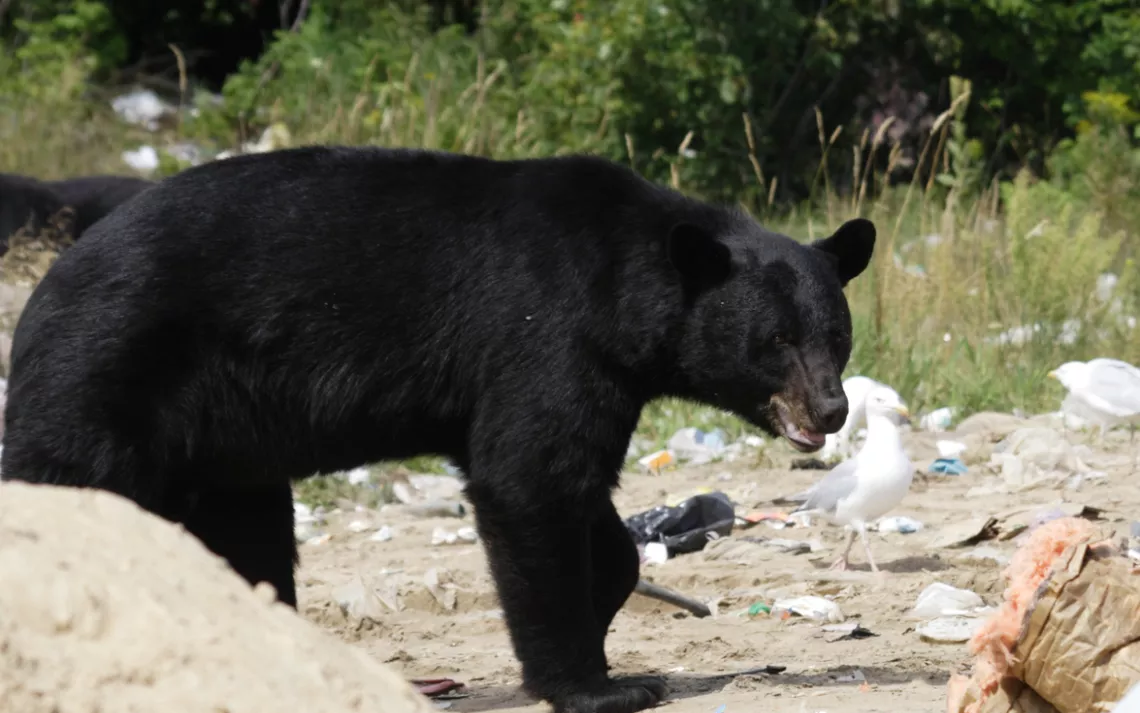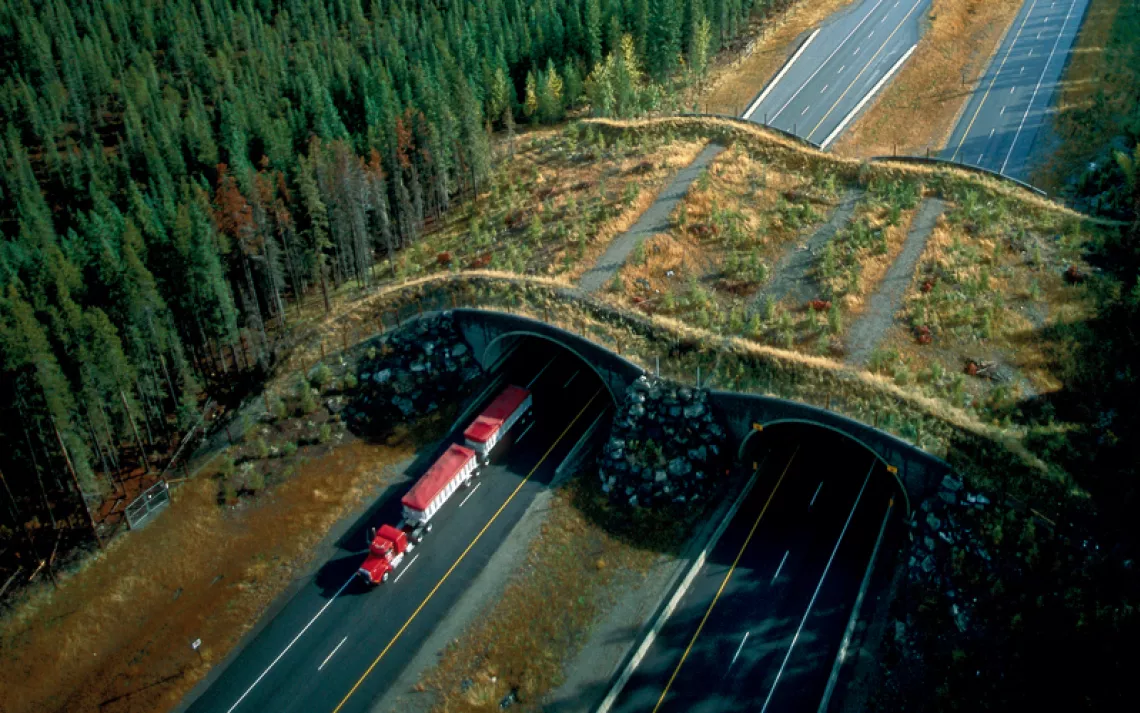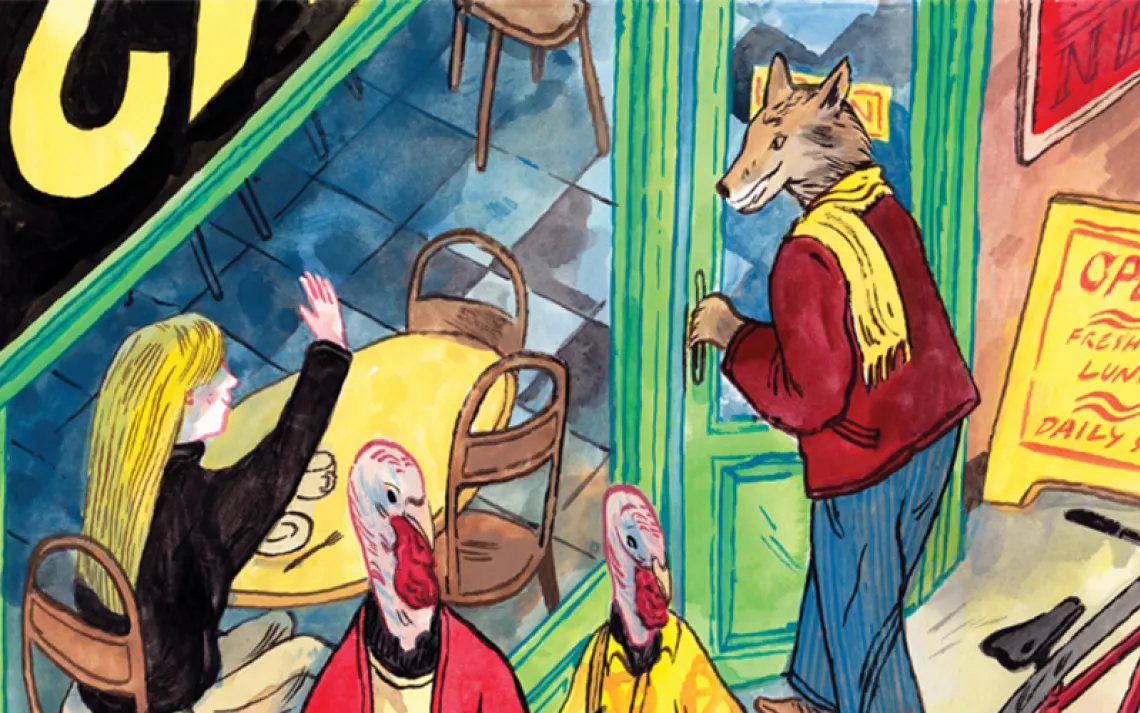Good News, Bears
Could a new Colorado bear study have wildlife management implications in other states?

Photo by Orchidpoet/iStock
Bears who eat garbage or human food do not become “addicted.” That’s just one among the findings of a six-year Colorado Parks and Wildlife (CPW) study of black bears. While motivated by the rise in human-bear conflicts in Colorado, the study’s results are challenging core assumptions that wildlife managers—and the general population—have held for decades. In fact, the study could cause the state to reconsider its current two-strikes policy regarding the euthanizing of “nuisance bears,” i.e., those who frequent human-populated areas to eat from bird feeders or break into sheds.
Further findings of the study, which will be published later this year, turn other misconceptions on their head. For instance, the study shows that the increase in human interactions is not indicative of a growing bear population, as has long been the belief, but rather that “bears are adapting to take advantage of the urban experience.” This is according to Denver Post reporters who went along on a recent CPW trip to monitor the bears.
What’s also increasing the possibility of bear-human interaction? Climate change—rising temperatures shorten hibernation duration. The CPW researchers determined that for every 1.8-degree temperature increase in their dens, bears hibernate for seven fewer days. The Post also reported that, for “every 10 percent increase in overlapping of foraging terrain with urban development, hibernation decreased by three days.”
What’s more, CPW realized that Colorado’s bear population is actually on the decline. Over the course of the six-year study, the female bear population decreased by 60 percent. The Denver Post quoted CPW biologist and study lead Heather Johnson, who monitored bears with radio collars: “We could see a ratcheting down of the bear population. . . . Human development is really expanding. There’s shrinking safe space for these wild bears to be.”
U.S. Department of Agriculture researcher and wildlife biologist Stewart Breck said that the Colorado study “will go a long way toward taking the guessing game out of how better to manage black bears and reduce conflict.” Curious as to whether these findings could affect bear management beyond Colorado borders, Sierra checked in with wildlife management in some other heavily black-bear-trafficked states:
- Maine wildlife biologist Randy Cross, who monitors 90 dens per season for the Maine Department of Inland Fisheries and Wildlife and has worked “35 den seasons”—tracking individual bears and their progeny for upward of 20 years—found the CPW study relevant and “intriguing.” Cross says his state’s bear population has been “slowly increasing over the last 10 years,” which has been noticeable as they are “colonizing areas that were nearly uninhabited by bears for decades.”
- Craig Stowers, of the Game Conservation Programs at the California Department of Fish and Wildlife (CDFW), says that there’s no evidence that human-bear conflicts have increased in California, and notes that the Golden State has a very different policy regarding nuisance bears. “Only when a bear presents an immediate threat to human safety will agency personnel lethally remove the animal.” Stowers explains that Californians who request to kill a bear that is causing property damage are first provided technical guidance by CDFW staff on how to make attractant “unavailable to bears.” Stowers adds, however, that his department is always seeking new solutions to avoid conflict and to that end, the Colorado study could serve as a reference tool “when/if any laws, regulations or policies need updating.”
- Dr. Lynn Rogers of the Wildlife Research Institute in Minnesota, who has studied bears for more than 50 years, says his own findings align with the Colorado study. “A major driver in bear management by government agencies is fear of liability,” he says. “Nuisance behavior is not because bears get habituated or food-conditioned; it’s because of hunger. All data say that black bears become less likely to attack when they lose their fear of people.”
Rogers—who expresses gratitude for the Colorado study—notes that many among wildlife managers, biologists, and the general public have based their management of bears on old misconceptions. Rogers hopes the study will help people better understand bears and even go so far as to become “bear ambassadors.”
 The Magazine of The Sierra Club
The Magazine of The Sierra Club






